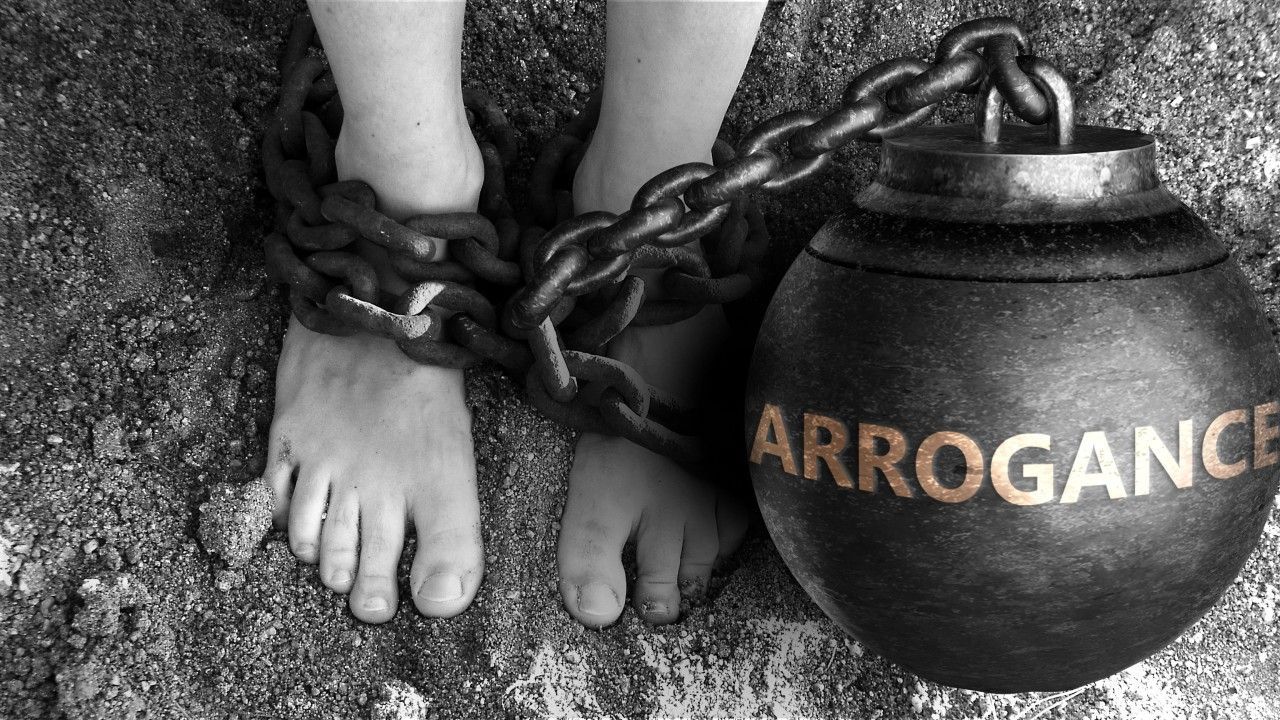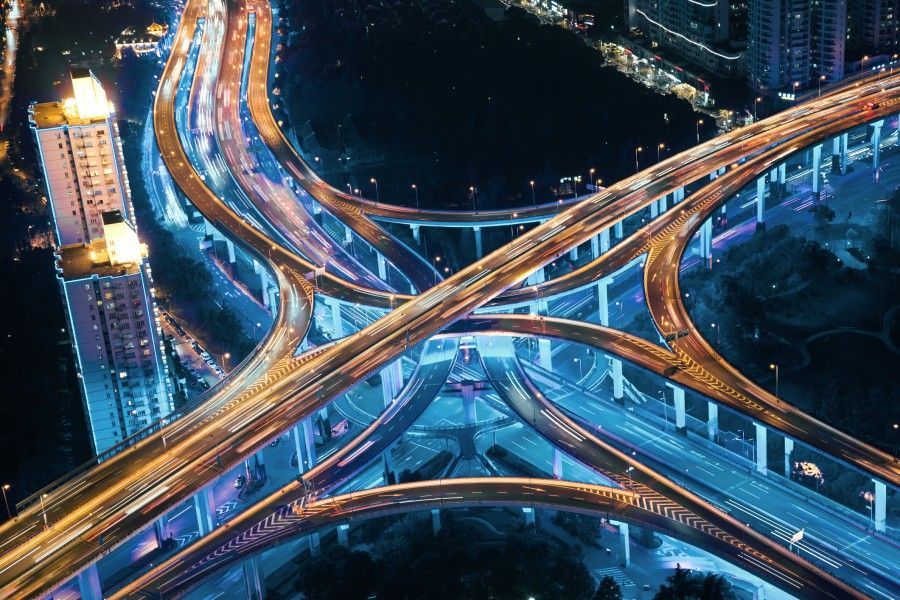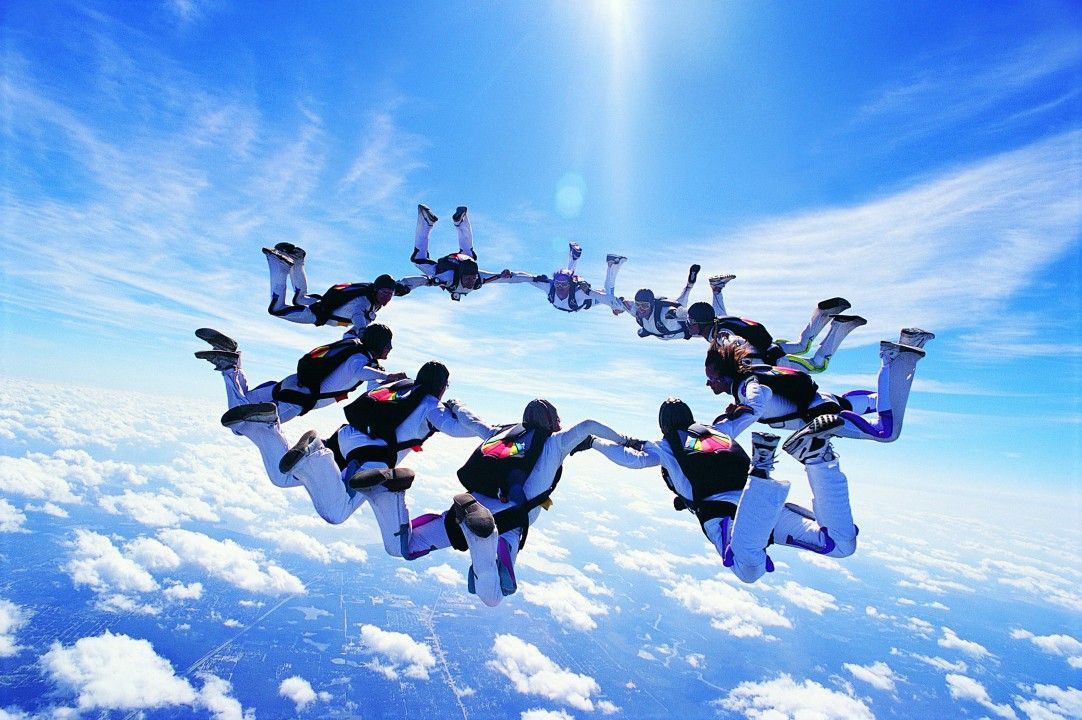Resilience - The Prize, The Price and Organisational Pilates
It’s almost a decade since the death of South Africa’s extraordinary President Nelson Mandela. Amongst his many qualities was his remarkable resilience. Abundant evidence of this is provided in his book “The Long Walk to Freedom” as well as numerous accounts from others.
It’s over 100 years since Harriet Tubman, the legendary war nurse, spy and underground railroad conductor died. A former slave, Harriet was not only remarkable for rescuing slaves through the underground railroad. Like Nelson Mandela, she also had the ability to forgive her former oppressors and to prioritise reconciliation even if it meant paying a deep personal price.
Fortunately, few of us will ever have to pay the price or face the extraordinary physical and mental challenges that they or other legends of resilience have experienced. Neither though will we be able to achieve the sense of fulfilment that they must have felt in gaining the prize of universal suffrage for a nation or liberating so many slaves.
Relating to and applying things from extraordinary people or situations to our own situation can be tough, especially when we are uncertain or our self-confidence has had a blow. Yet, when it comes to resilience, I think that we can learn a lot from these legends of resilience to help us deal with what feels like an increasingly threatening and uncertain world.
What do we mean by resilience?
“The capacity and capability to withstand or recover from difficulties.” Is my preferred description.
Capacity and capability feel equally important. The experience of the last few years has probably strengthened capabilities. Yet in many cases it has also eroded capacity. Fatigue and anxiety can reduce our capacity not just to deal with challenge but also to perform even routine activities.
Nietzsche’s much used quote “If it doesn’t kill you, it will make you stronger”, sadly may not always hold true. There are many “Walking dead” organisations and people in them who are damaged for life who have experienced “Difficulties”. However, I still found it uplifting while writing this to listen to Bruce Springsteen singing Jerry Butler’s “Only the strong survive”. I believe passionately that experiences where resilience is tested are great opportunities to reflect, to learn and to improve.
Views seem to vary as to whether self-inflicted difficulties are tougher to deal with than those coming from outside. Reputation preservation can be a powerful motive when the situation is self-inflicted though credibility and objectivity might be impaired and the appeal for help less strong.
The line between resilience and endurance is easy to blur. Endurance is an element of resilience, but resilience requires more than the ability just to put up with something.
What’s the point of being resilient?
If we are going to have to endure pain or put ourselves at risk and not simply walk away from a situation then the potential upside has to be worth it. There has to be a point.
For many leaders in the last few years who have faced existential threats from the pandemic, the energy or cost of living crisis, survival has been the galvanising goal. For others it’s about the “Eyes on the prize” and as I am writing this on the day of the London Marathon, a marathon runner’s “No pain no gain” mindset.
The final words from Mandela’s closing statement at the Rivonia trial which convicted him to life imprisonment in 1964 were:
“During my lifetime I have dedicated myself to this struggle of the African people. I have fought against white domination, and I have fought against black domination. I have cherished the ideal of a democratic and free society in which all persons live together in harmony and with equal opportunities. It is an ideal which I hope to live for and to achieve. But if needs be, it is an ideal for which I am prepared to die.”
He endured 27 years in prison for this ideal before being released in 1990 and then enabling universal suffrage in South Africa in 1994. One of his most famous quotes was that “I never lose, I only win or I learn”. Life imprisonment might not seem like winning to you or I, but for Nelson Mandela the grim alternative in 1964 was a death sentence. So to him it felt like winning.
There is no doubt he learnt an enormous amount in prison that was useful, not least a whole host of strategies to strengthen his resilience including physical exercise, diet and a motivating and never-ending desire for learning. He also knew that he did lose many things in addition to his freedom in gaining the prize of a vote for his people. Not least from a family perspective,.
The bottom line is that resilience in the face of extreme difficulties can make us stronger but it usually comes at a price. So, you have to judge whether the prize is worth the price. Good judgement is a hallmark of those that prove to be resilient.
Managing the Effectiveness and Pressure curve:
Capacity to withstand and perform under pressure is another hallmark of the resilient. The chart below from my Boards book has been of great help to me in challenging situations over many years. Put simply the message is “No pressure – no effectiveness”, we’re asleep. “Too much pressure – no effectiveness”, we’re headless chickens. “Right amount of pressure we perform strongly”, we stand the best chance of success.









